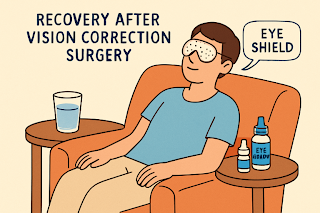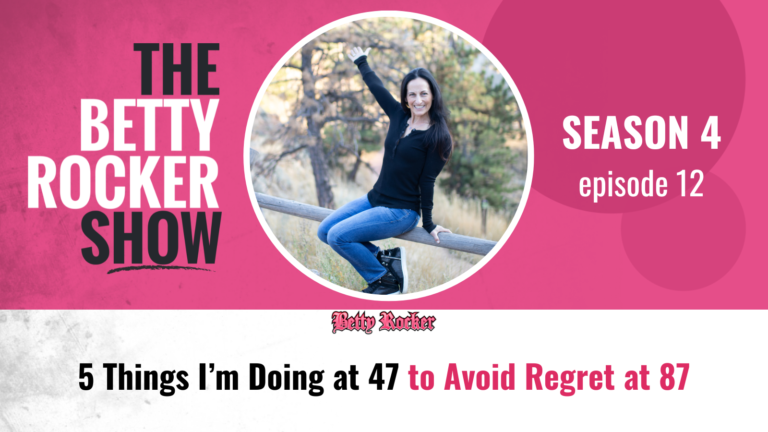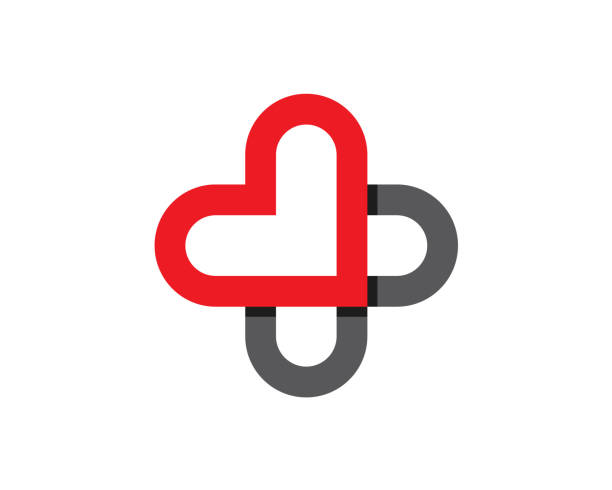
Preparation for Your Recovery Journey
Undergoing vision correction surgery marks a transformative step towards clearer, sharper eyesight. As you prepare for your surgical journey, setting realistic expectations for the healing process is essential. Directly after your procedure at a center like ClearSight LASIK & Lens in Plano, the guidance from your surgical team will help lay the foundation for a smooth recovery. Following their pre-operative and post-operative instructions will minimize risks and promote faster healing.
Your preparation doesn’t end when you leave the operating room. Arranging for a trusted friend or family member to accompany you on surgery day is vital; you’ll need assistance getting home safely. Clear communication with your surgical team about medications, allergies, or questions ensures everyone is aligned for a seamless recovery process.
The First 24 Hours: Immediate Aftercare Essentials
Your eyes will be particularly sensitive in the hours immediately following vision correction surgery. Expect common sensations such as mild burning, tearing, or the feeling of something “in your eye.” This is temporary and should begin to improve with rest. It’s advised to keep your eyes closed as much as possible to accelerate initial healing—avoid screen time, reading, or any activity that may strain your vision. Light meals and hydration can also help support your body’s recovery. If you need directions, reviews, or to see other patient experiences, you can refer to the location details for ClearSight LASIK in Plano.
It’s normal to need supervision or assistance with daily tasks during these first 24 hours. For example, you may require support in preparing meals or moving around the home. Your main duty will be to rest and follow your doctor’s aftercare guidelines, which include using prescribed eye drops and wearing protective shields during sleep.
Managing Discomfort and Common Side Effects
Most patients experience some discomfort during the initial recovery period. Common side effects such as dryness, mild itchiness, light sensitivity, or halos around lights are expected as your eyes begin to heal. Avoid rubbing or pressing on your eyes, as this disrupts the healing process. Instead, lubricate frequently with the recommended artificial tears and strictly adhere to your eye drop schedule.
Using a cold compress gently over your closed eyelids may help alleviate discomfort. If prescribed, take any oral pain relievers as directed. Keeping your home environment free of irritants like smoke or dust will also help minimize unnecessary irritation.
What’s Normal and What’s Not: When to Contact Your Surgeon
Understanding the difference between normal healing symptoms and warning signs is crucial. Blurry vision, mild redness, and slight discomfort typically resolve within days. However, contact your surgeon immediately if you experience significant pain, sudden vision loss, persistent redness, discharge, or swelling. These could signal complications that require prompt medical attention.
Your provider will generally schedule a follow-up visit within 24-48 hours post-surgery to ensure your eyes heal properly. It is important to attend all scheduled follow-ups and notify your surgeon about any changes or concerns between visits.
Steps to a Smooth Recovery
- Protective Eyewear: Always use the shields or goggles provided, especially while sleeping, to prevent accidental rubbing or injury.
- Eye Drops: Administer all prescribed drops—including antibiotics, anti-inflammatory agents, and lubricants—on schedule to reduce the risk of infection and ensure comfort.
- Rest and Limit Activity: Avoid strenuous exercise, swimming, or heavy lifting for at least a week, depending on your surgeon’s recommendation. Limit screen time and reading to minimize eye strain.
Timelines for Returning to Daily Activities
Most patients notice substantial vision improvement within the first few days, though minor fluctuations may persist for weeks. You can usually return to non-strenuous work within 1-3 days and drive safely once cleared by your surgeon, typically after your first follow-up. However, swimming, contact sports, and heavy exercise are best avoided for up to two weeks.
Tips for Long-Term Eye Health Post-Surgery
Maintaining healthy vision after surgery means adopting ongoing protective habits. Wear UV-protective sunglasses outdoors, even overcast days, to shield your eyes from harmful sunlight. Schedule regular eye checkups to allow your provider to monitor your eye health and track long-term surgical outcomes. You’ll also want to avoid smoking and manage your overall health to benefit your eyes.
Staying Positive Throughout the Healing Process
Patience is key as you adjust to your new vision. It’s common to have moments of impatience or concern if your eyesight fluctuates, but this is a normal part of healing. Remember that full stabilization may take several weeks as your eyes fine-tune themselves. Reading about other patients’ recovery journeys, talking with your surgeon about progress, and focusing on the excitement of clearer sight can keep you encouraged.
Embrace each day as a step closer to your best vision, and remember that every small improvement means you are on track toward lasting results.





